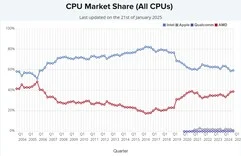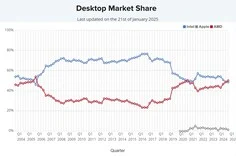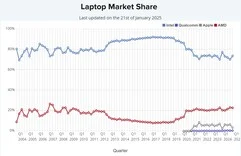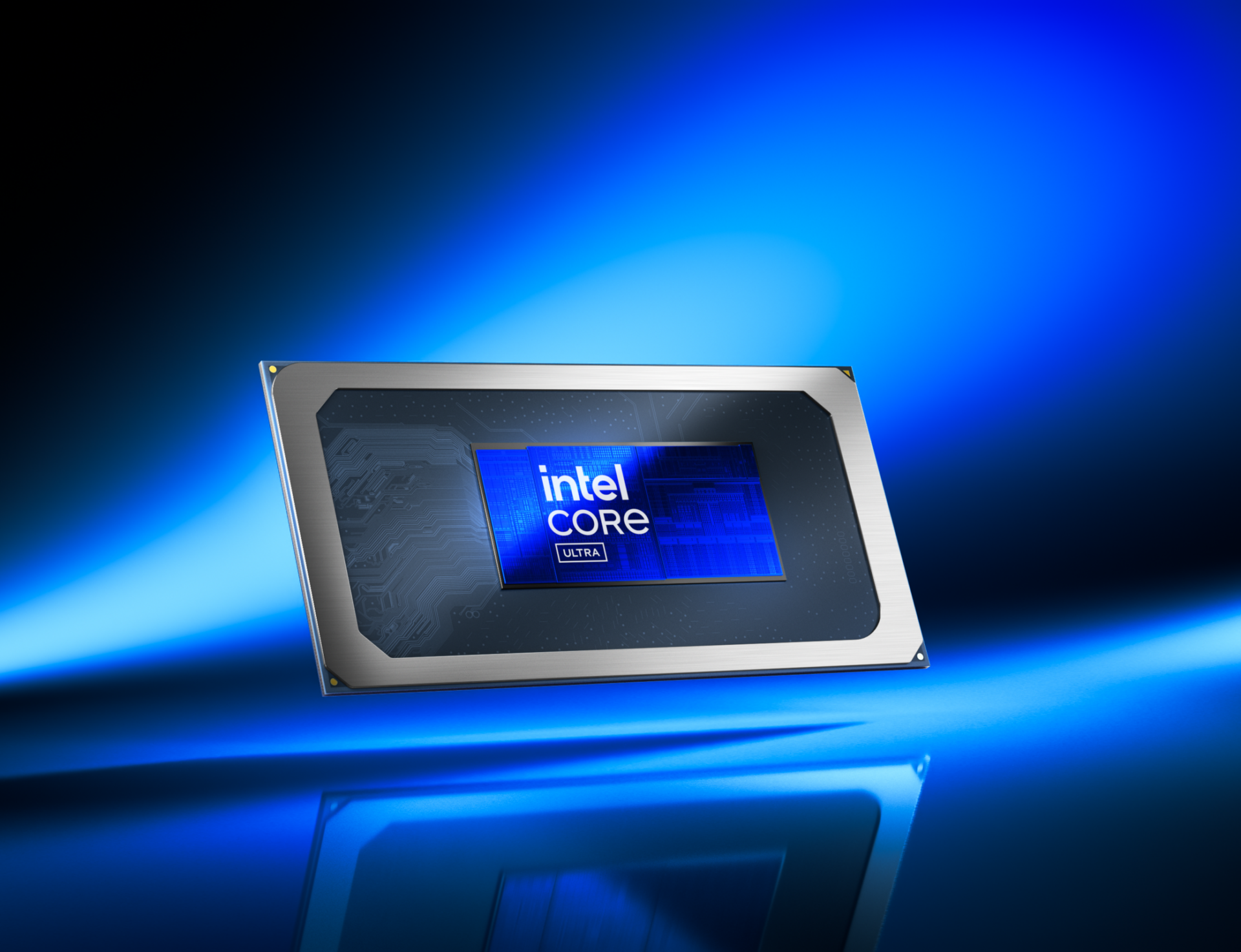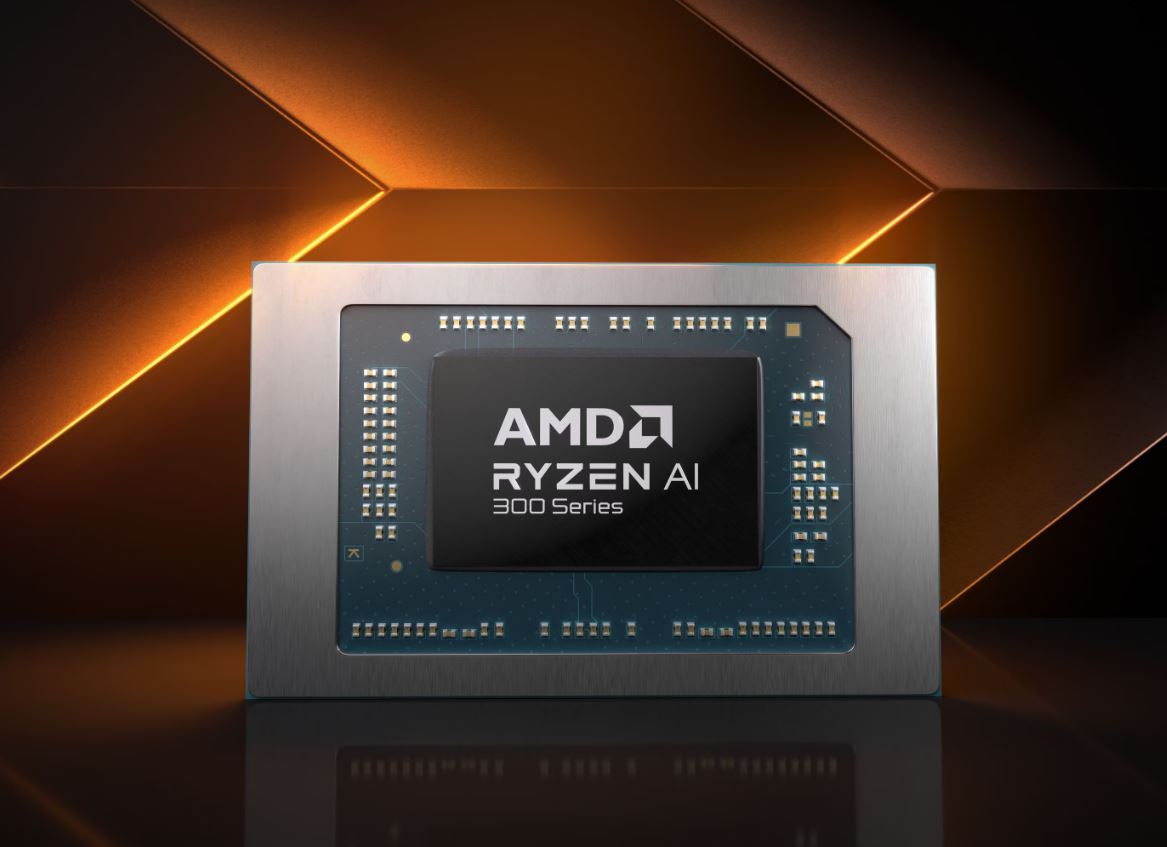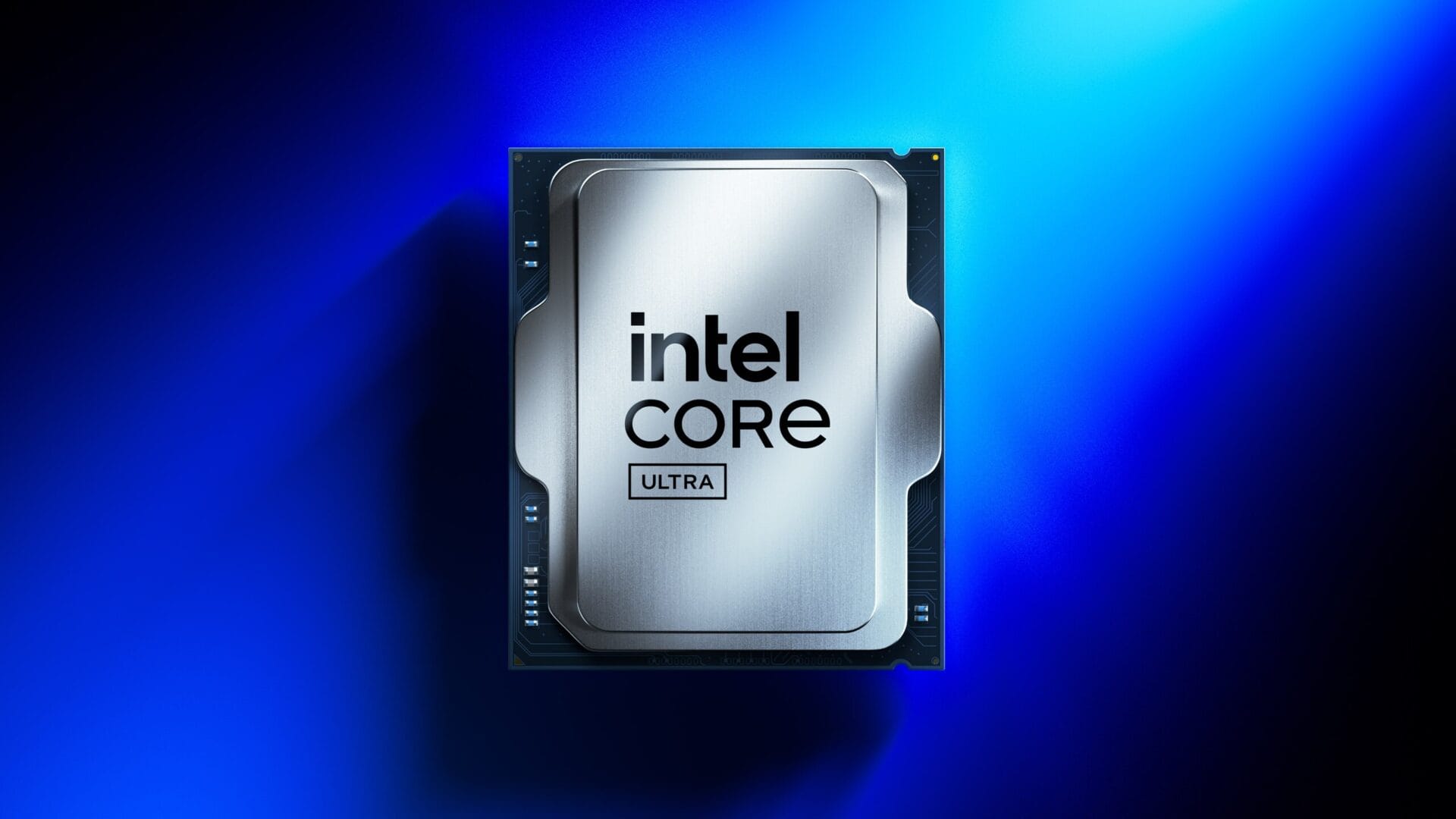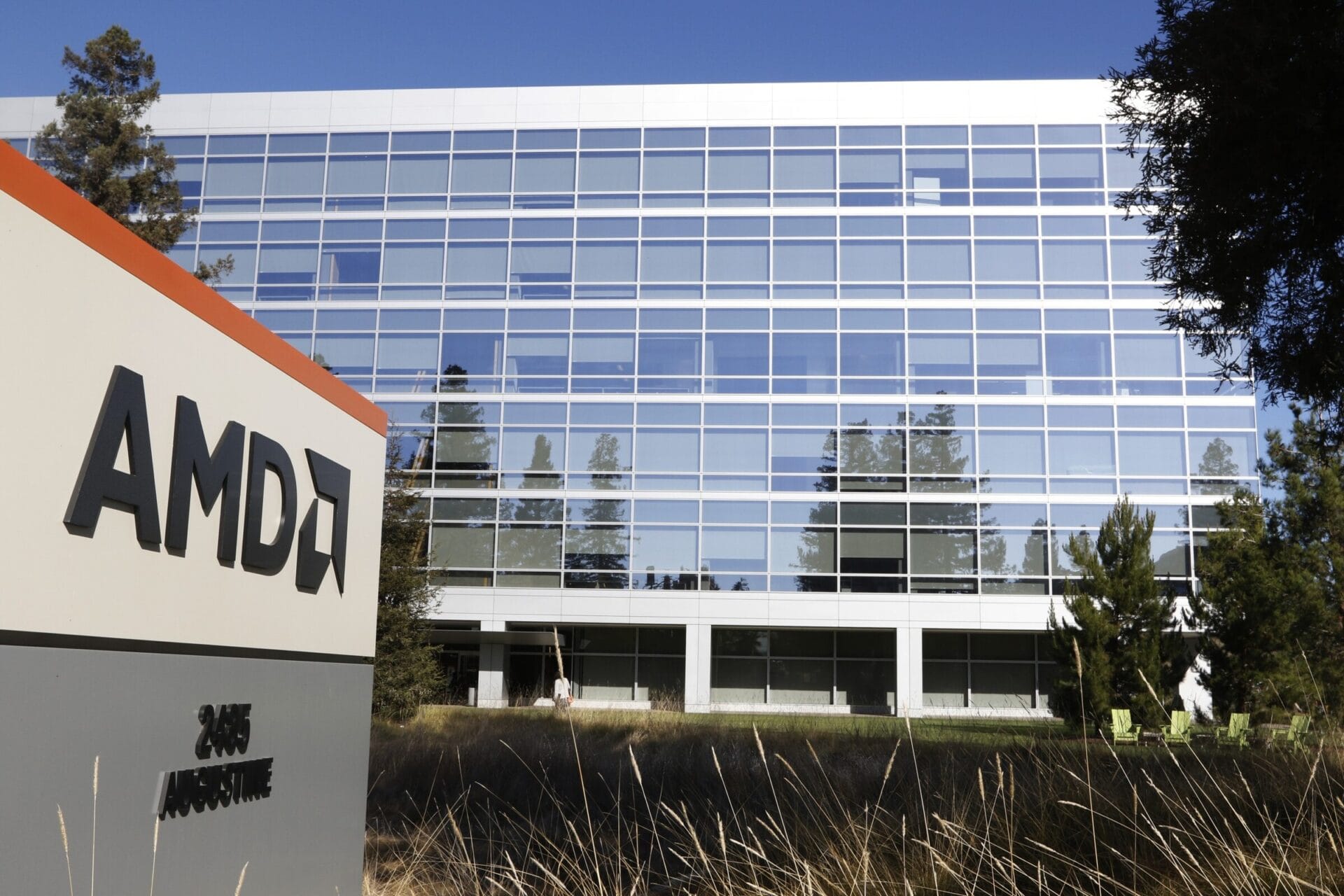The well-known PassMark CPU benchmark database has refreshed its market share charts for the first quarter of 2025. The initial graph on the site, which encompasses all CPUs, shows Intel holding a significant lead with 59.5%. In contrast, AMD is performing quite well with a market share of 38.8%. Apple and Qualcomm also appear, but their shares are quite small, at 1.2% and 0.2% respectively. Nonetheless, the upcoming Snapdragon X series chips may boost Qualcomm’s market presence soon.
Desktop CPU Insights
The second graph provides a more captivating insight into the desktop CPU market. One might expect Intel to be the clear leader, as AMD has only achieved greater market share a couple of times—once in 2021 and earlier in 2006 when the Athlon 64 and Athlon 64 X2 were popular. Surprisingly, AMD now holds 50.1% compared to Intel’s 48.5%. This shift began in the latter half of 2024, largely due to the positive reception of the Granite Ridge Zen 5-based Ryzen 9000 processors. An impressive 880 samples of the Ryzen 9 9950X, which is currently priced at $589.99 on Amazon, have been tested, while Intel’s Core Ultra 9 285K has only seen 319 samples benchmarked.
Laptop Market Trends
However, the laptop market share graph tells a different story for fans of AMD. Although this data is drawn from SKUs assessed on the site, PassMark asserts that over one million CPUs have been evaluated, providing a realistic view of the CPU landscape. Intel remains overwhelmingly dominant in the laptop segment, holding a substantial 73.6% market share, having peaked at 92.2% in Q2 2017. Although AMD made headway in gaining market share with its Zen microarchitecture iterations, its growth has stagnated since late 2020.
In 2020, Apple introduced its silicon with the M1 chip to disrupt the market, achieving an 8.5% share by the end of 2021, mostly at Intel’s expense. In Q1 2024, Apple struggled again, facing off against Intel while AMD remained steady at around 20-22%. Noteworthy Ryzen 4000 laptops with non-PRO Zen 2 Renoir APUs, like the Acer Swift 3 SF314-42 and the Schenker XMG Core 15, have encouraged consumers and OEMs to explore AMD’s mobile chips due to their exceptional performance and efficiency. However, factors such as supply shortages, heightened competition, OEM deals, and Intel’s long-held dominance have left AMD Ryzen laptops somewhat sidelined, despite the strong processors they contain.
PassMark’s updated graphs reveal the shifting landscape of the CPU market, with Intel still leading but AMD making notable inroads, especially in desktop CPUs. The laptop segment, however, still largely favors Intel, highlighting the challenges AMD faces in that arena.
Source:
Link
